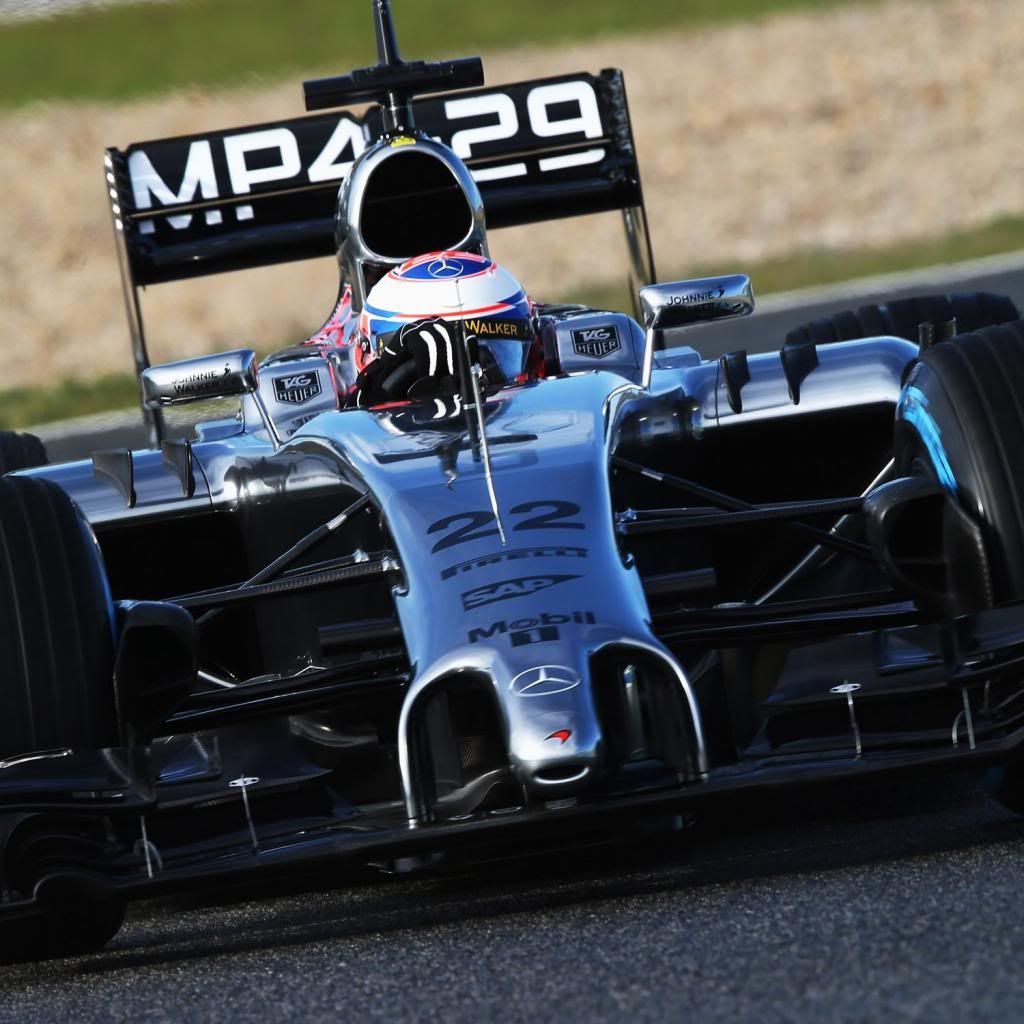rjsa wrote:There is an interesting theory in some other post around here describing how with a couple of electric/electronic components you could turn the KERS charger system into and engine damper. That would be indeed a closed loop control system that could ha such a result.
the KERS and the 2014 ERS can both either as motors or generators
for each and every possible motor/crankshaft rpm (they are geared together) there will be a level of voltage specific to the rpm
when MG energisation is below this voltage the MG will load the ICE and car and generate proportional to the voltage defecit
when MG energisation is above this voltage the MG will drive the ICE and car and consume electrical power proportional to the voltage surplus
at every moment the MG drive 'knows' the MG rpm so it can apply an appropriate voltage for the desired level of motoring or generating
under drive, wheelspin makes rpm suddenly rise, the motor torque will automatically fall without change in motor energisation voltage (because the rpm rise has caused the voltage surplus to decrease)
under braking wheel locking makes rpm suddenly fall, the generator load will automatically fall without change in energisation voltage (because the rpm fall has caused the voltage deficit to decrease)
so there is within the motor drive (ie passively) a natural inherent effect acting against both wheelspin and wheel locking
it would be hard to avoid such an effect (it is basically the same effect as occurs in a model railway)
also it would be very simple to apply (even within the drive) a ripple to the MG energisation voltage
that would produce a torque ripple to the wheels
traditional belief has it that a torque ripple will give more grip
the controller could also do this (better)
all this would appear to be legal, as it doesn't involve wheel rpm sensing

